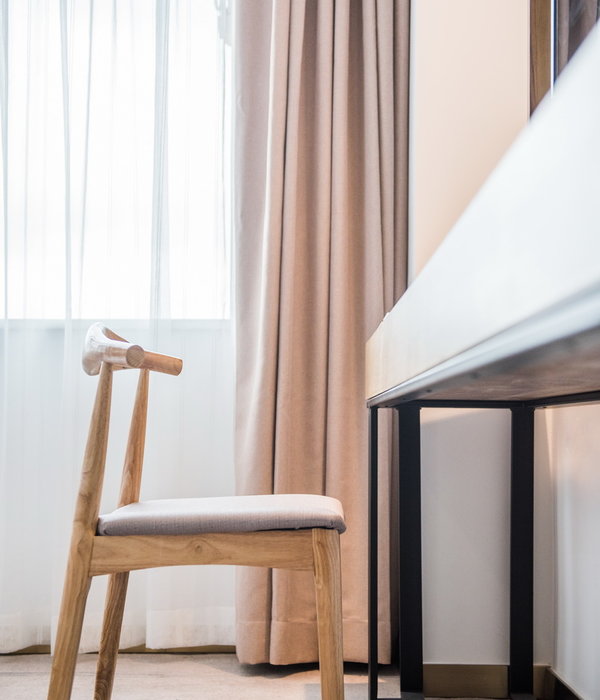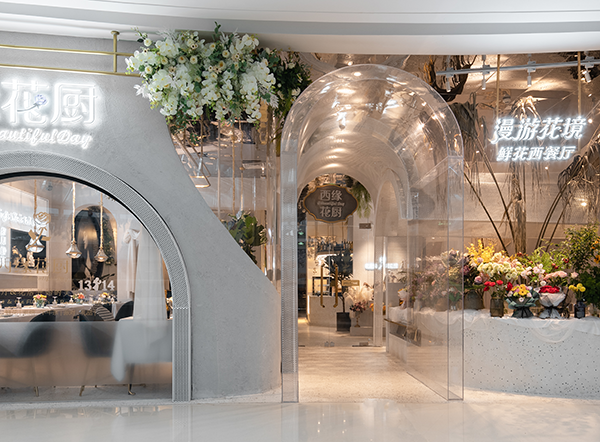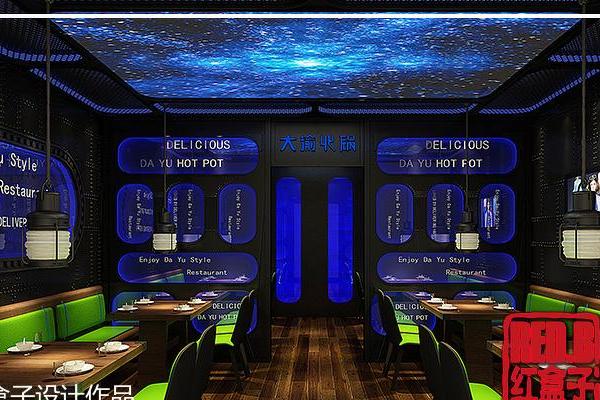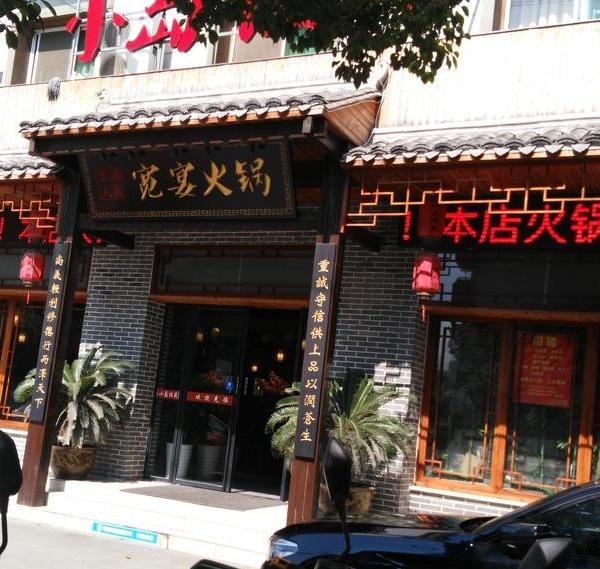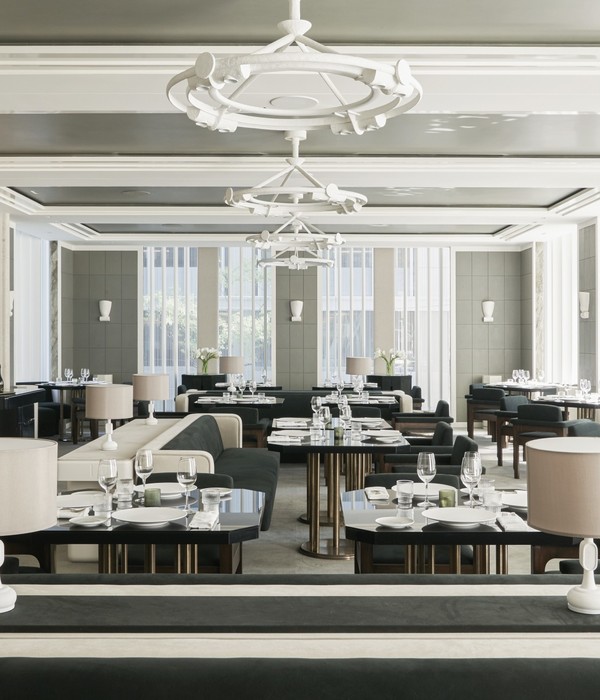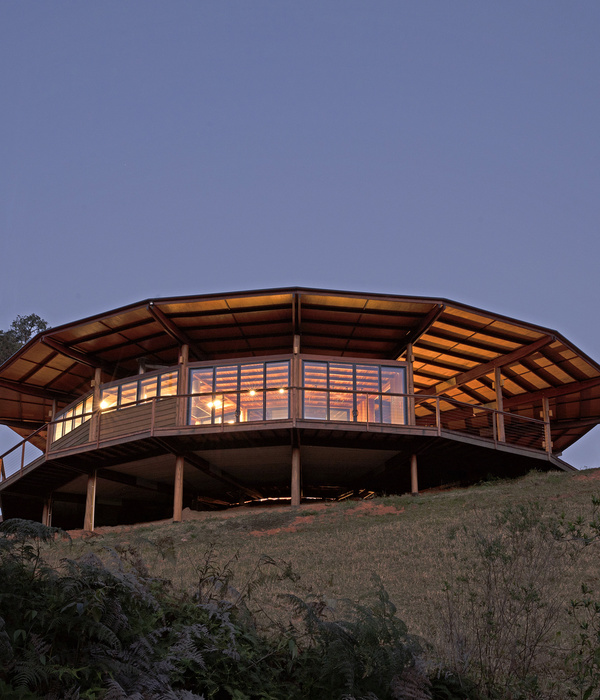Photo by Gonzalo Machado.
Photo by Gonzalo Machado.
Photo by Gonzalo Machado.
Photo by Gonzalo Machado.
Photo by Gonzalo Machado.Photo by Gonzalo Machado.
Photo by Gonzalo Machado.
Photo by Gonzalo Machado.
Mo de Movimiento is no ordinary restaurant. It’s a phantasmic space brought alive from dead objects, each one resuscitated, repolished and refashioned into something new. For most designers, an interior like this would have been a tall order. But Lucas Muñoz is not most designers. The Madrid-based creative has an exceptional flair for upcycling objects, as evidenced in Mo de Movimiento, his largest and best waste-to-wealth project yet.
As far as the interior goes, each element nods to the environment. All the furniture was put together from wooden structures already present on the site, and the construction rubble produced during the refurbishment was converted into thick tiles that now emblazon the seats and benches. For the walls, Lucas opted for rough fire-retardant plaster, while PVC register boxes were used to lend shape to the wall lights.
There are other gems too: acoustic recycled textile panels are visible on the ceiling, a chandelier from reclaimed fluorescent tubes hovers overhead, and terracotta ventilation systems cool down Madrid’s hot and dry air through an adiabatic process—an innovative combination of vernacular knowledge and technology, created specifically for the location by Lucas and his team.
Photo by Sergio Albert.
Photo by Sergio Albert.
Photo by Sergio Albert.
Photo by Sergio Albert.
Photo by Sergio Albert.
Photo by Sergio Albert.
Photo by Sergio Albert.
What’s perhaps most special of all is that the space heats its own water through silver-soldered copper water pipes that use the residual power of its two pizza ovens (hand-crafted by a Napolitan master artisan, no less). The heated water parlays into not only the taps but also the central heating. “Water is a scarce resource in Madrid, and the design counts on every drop for a chain of cooling, cleaning, and gardening functions,” shares Lucas.
The kitchen pays homage to Edward Hopper’s The Nighthawk painting. The interior wears a pastiche of leftover white tiles salvaged from previous projects of Zimenta (the construction company that developed the project). “Recycling, upcycling or just properly using the right materials for the right purposes, have been consciously defined for each intervention. All the elements are conceived for a life cycle that provisions for maintenance and repair, decay and degradation.”
Photo by Lucas Muñoz.
Photo by Lucas Muñoz.
Photo by Lucas Muñoz.
Photo by Lucas Muñoz.Photo by Lucas Muñoz.
Photo by Lucas Muñoz.
Photo by Lucas Muñoz.
Photo by Lucas Muñoz.Photo by Lucas Muñoz.
Lucas was backed by a trusted sustainability team, composed of Amsterdam-based Cristina Freire (of The Next Sustainability) and Barcelona-based Marcel Gomez, who helped him measure every material (ethically as well as mathematically) and arrive at strategic decisions from conception to completion. In addition, Lucas also collaborated with fellow Spanish designers Inés Sistiaga and Joan Vellvé Rafecas wo helped him confront material and production challenges, build supplier and craftsman relationships, and procure second-hand materials.
“This is a restoration where most elements have either been produced on site, hand-made at my atelier or developed by local artisans. The result is a project that takes construction, architecture and interior design as an opportunity for prototyping sustainable strategies for production, consumption, employment and supply chains,” Lucas signs off.
[Images courtesy of Lucas Muñoz. Photography by Gonzalo Machado, Sergio Albert & Lucas Muñoz.]
▼项目更多图片
{{item.text_origin}}

